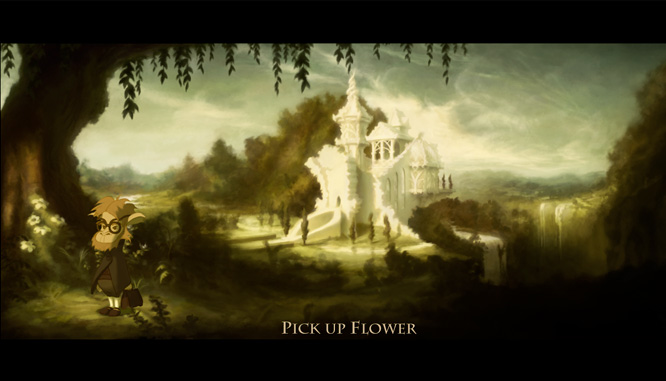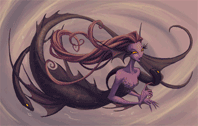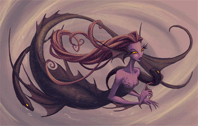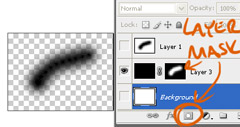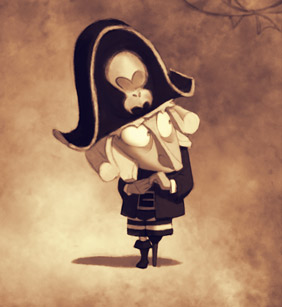Quote from: Neil Dnuma on Thu 08/05/2008 14:28:06
perhaps you're familiar with J.M.W. Turner who did some very interesting pre-impressionist paintings.
Not really, no. I'm really ignorant when it comes to classical art, or artwork in general for that matter. Which is a shame since those old guys really knew about stuff like composition, and looking at nice landscape art always reminds me how stiff and boring my solutions usually turn out, and how they could be improved.
Quote from: Neil Dnuma on Thu 08/05/2008 14:28:06
To be honest, I'm a fan of a little more sharpness though, maybe this is more noticeable in the foreground area after you put the sprite in.
Hm, you're right. The odd thing is that those areas are quite sharp in full size, and might've gotten a bit blurred when I downsized it, while the sprite outlines remained sharp. Another reason might be that the light "bloom" added to the bright spots might've blurred out those parts in this scale. Sharp sprites do call for sharp backgrounds.
Quote from: Neil Dnuma on Thu 08/05/2008 14:28:06Any movies/TV-series you've found particularly inspiring?
I dunno, I think lots of movies and series, whether you like them as movies/series or not, feature nice footage and grading that fits different situations.
('Grading' is the post process where the camera footage, which usually looks very pale and unattractive when scanned, gets treated. Apart from simply upping the contrast and fixing the colours, there's usually an artistic grading done, where you basically add colour schemes to the footage, to give it "looks", much like in a painting).
For instance, a show like CSI shows how you can turn boring lab environments into cool looking office landscapes by limited, selective light and heavy colour bias (everything is basically blue, with warm spots of light).
Shows like Dexter how you can build a realistic everyday palette with two very dominant colours (the very predominant turquoise and red)
A show like Smallville how to achieve extremely warm friendly palettes.
Animated movies such as any Disney production often have quite particular compositions, with heavy foregrounds and strongly focused light, which translates directly to 2D game art, where you're trying to achieve maximum depth, to compensate for the 2dness. So they're always interesting in that regard.
On the whole, I think most movies and series, if they're well funded, have nice visuals that you can get inspired by, and even if the footage/grading is bad, they can still feature interesting objects and such, and I find myself taking screenshots from pretty much whatever I happen to watch, though in lesser or greater extent of course.
Btw, a screenshot/reference tip is to have a screensaver that cycles through your reference image directories. One problem I often found was that I never actually looked through the stuff that I had saved/captured, which this solves nicely. It's preferable to have two screens (or a laptop) though, to allow for one to work like a gallery when you're not using it. iSlideshow is a nice free one with a nice Ken Burns effect (slow panning/zoom and dissolve) and Nostalgic Screensaver is pretty much exactly the same, except it works better on crappy graphics cards, but can only show jpgs.
Oh, another thing is to have a good way of triggering the capture of screenshots, so that it doesn't become a hassle. Having a single button to push is an easy solution, if your media player supports it. The nicest solution I've found is to remotely trigger the screencapture by using the my cel phone, this via bluetooth. If your phone supports remote desktop, it's quite easy to set up. So I simply press "0" on my phone to capture, and by using a viewer like BSPlayer, the screenshot is then automatically saved with the name of the file watched and the frame number as the file name, for easy management.
Quote from: Neil Dnuma on Thu 08/05/2008 14:28:06Also, what about the workshop there was some talk about?
I'm thinking that I may do a special 'Background Blitz - Workshop edition' if I get to host the next one. Basically the same as the BB but with workshop features. As it's so close to the BB, it feels better to have special BB editions than separate workshop activities, as that would just divide up the interest.





